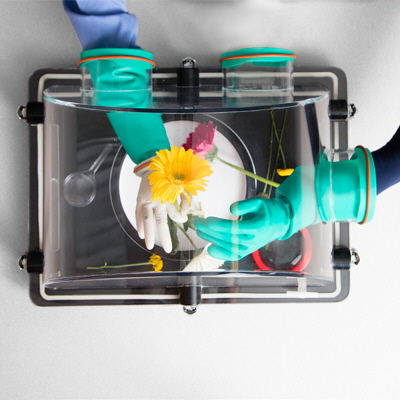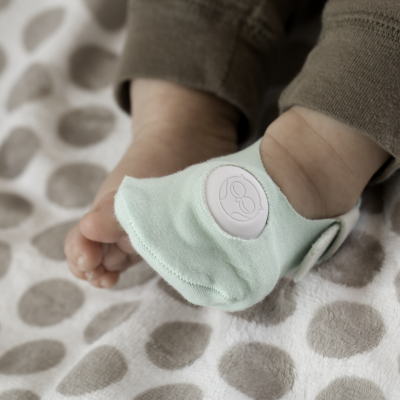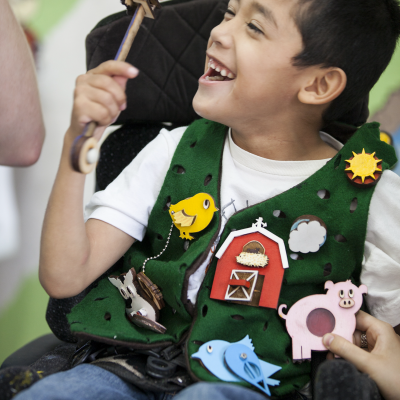Runner Up
Design for Social Impact Award
Core77 Design Awards 2016
Ball Magazine
In Baltimore City, African American men seeking men are at significant risk of acquiring HIV. In partnership with Baltimore City Health Department's Bureau of STD/HIV Prevention, MICA's Center for Social Design created the first issue of BALL magazine, a publication "serving up sex, status, and style." BALL encourages HIV treatment adherence and opens up the conversation about what it means to be healthy and sexy. The publication showcases stories from Baltimore's ballroom scene, a community primarily composed of black lesbian, gay, bisexual, transgender and queer (LGBTQ) individuals who attend competitive runway performance events.
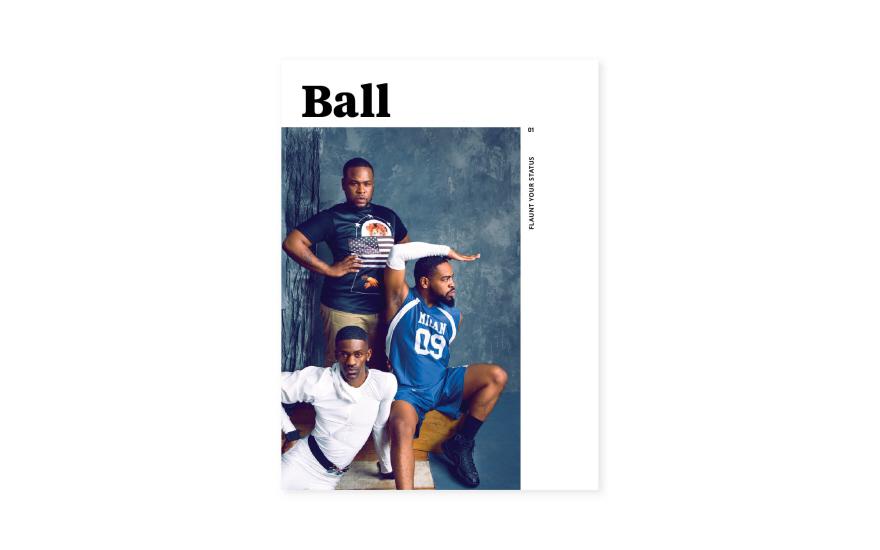
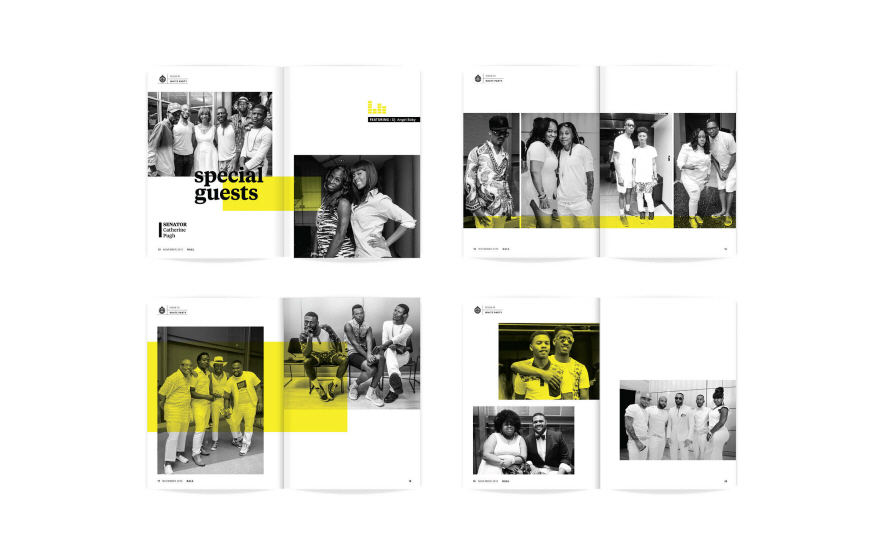



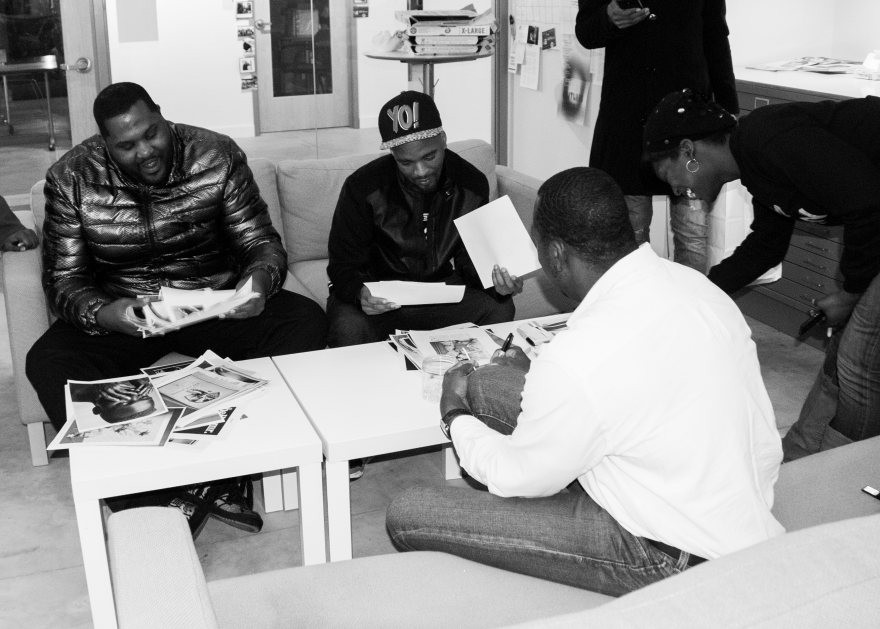
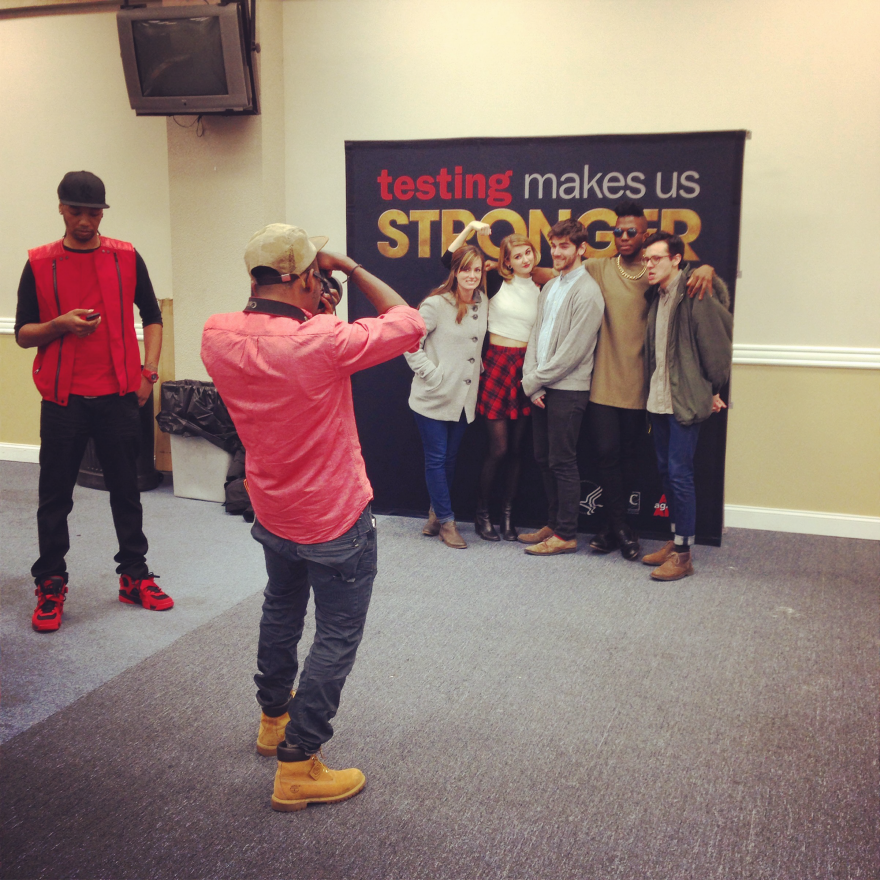
About MICA's Center for Social Design
The Center for Social Design at Maryland Institute College of Art (MICA) is dedicated to demonstrating and promoting the value of design in addressing complex social problems and to inspiring and preparing the next generation of creative changemakers. The Center's Practice-based Studios bring MICA students from a variety of disciplines together with outside partners from government, nonprofit, and business sectors to identify opportunities, generate ideas, and make tools for positive social change. To date, Practice-based Studios have brought together more than 200 students across 12 disciplines at MICA to collaborative with outside partners on more than 50 projects dealing with issues from affordable housing to HIV/AIDS prevention to disaster preparedness.
About the Baltimore City Health Department
Formed in 1793, the Baltimore City Health Department (BCHD) is the oldest, continuously-operating health department in the United States. In collaboration with other city agencies, health care providers, community organizations and funders, BCHD aims to empower all Baltimoreans with the knowledge, access, and environment that will enable healthy living.
http://health.baltimorecity.gov/
Context
In 2011, MICA's Center for Social Design collaborated with Baltimore City Health Department to create "Status Update." The campaign included posters on public transportation with the slogan "Have Balls, Get Tested" as well as the launch of a social media platforms and website (baltimorestatusupdate.com). The motivation behind the campaign was to promote testing for HIV and other sexually transmitted infections among African American MSM (men seeking men) in Baltimore.
In 2015, the Center for Social Design and Baltimore City Health Department partnered again to build on the success of Status Update and create something that would continue to bring the community together and help to dispel the myths and stigma surrounding sex and HIV.
After months of research, focus groups, and lots of doughnuts, a team of MICA students and public health professionals came up with the idea of a publication created for-and-by the Ball Community, a community primarily composed of black lesbian, gay, bisexual, transgender and queer (LGBTQ) individuals who attend competitive runway performance events. The result is BALL, a magazine with a mix of both practical sexual health information and fun Ball-centric articles.
Process
The Center for Social Design utilizes a human-centered and collaborative process to understand social problems, identify opportunities for intervention, generate ideas, and make tools that support positive change. Our goal is to shift relationships between people and people, and people and institutions. Our process includes six interwoven phases:
1. Translate / Frame: Students organize existing scientific data and research associated with the problem. They facilitate discussions and create visualizations to better understand key data and research and to appropriately scope the engagement to accentuate target behavior and outcomes.
2. Research: Students work to understand the culture and context of the problem by understanding the culture and context of people. They talk to, observe, and learn from the audience and stakeholders to locate needs and assets.
3. Synthesize: Students compile observations and research findings. They create visualizations of key research and look for common themes and insights in order to identify appropriate opportunities for intervention.
4. Ideate: Students generate as many ideas as possible and defer judgment.
5. Prototype: Students make tangible representations of ideas and give them form. They prototype with users to better test assumptions, lower risk, align partners and stakeholders, work through arguments and reveal potential problems early.
6. Test / Implement: Students share and apply ideas and prototypes in context. They document and collect feedback to inform future strategies and solutions.
Impact
Since printing, over 800 copies of BALL magazine have been distributed at Ball events and health clinics around Baltimore. Planning for the next issue is already underway. Beyond the publication itself, the success of the BALL magazine has resulted in additional funding and support for Baltimore City Health Department and MICA's Center for Social Design to continue working together. In collaboration with key stakeholders and members of the community, they will build on past work and continue to develop strategies that engage the HIV-positive African American MSM population in Baltimore City to seek and maintain care, stay on their medication, and maintain safe practices to decrease the rate of transmission of HIV, syphilis and other STDs.
This project makes an ugly problem sexy. It is so well-designed and thoughtful, and grounded in storytelling.
We loved that this could be a model for a scalable system, with similar publications in any other city.
